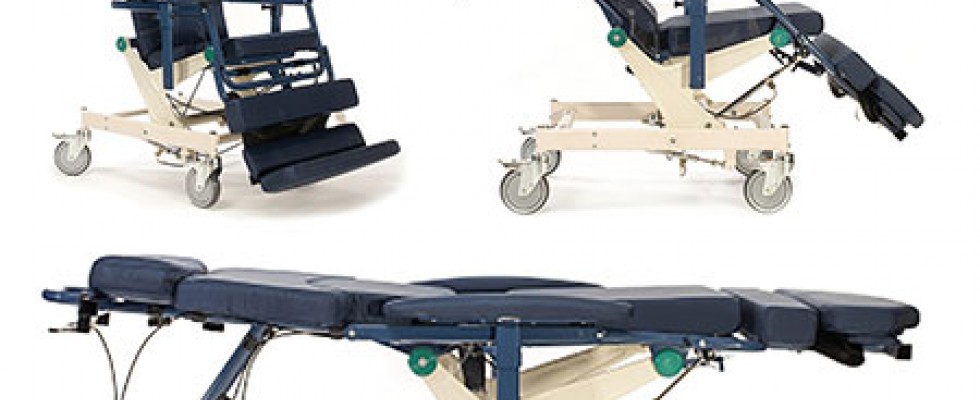
Nearly 20 years ago, when I first started working in the homecare arena, the main cause for patient injuries in the home was a transfer gone awry. Those unsuccessful transfers were also one of the leading reasons for patients to be hospitalized. In addition, the development of pressure ulcers was directly linked to patients who were not being transferred out of bed because there was not a safe way of doing so—another cause of hospitalization.
Two decades later, those factors are still at the top of the list of reasons for more frequent hospital trips than necessary. As a safe patient handling specialist, I can tell you that there is no excuse for patients in the home to not be transferred better and more safely.
A Problem in Search of a Solution
One of the main reasons families make the difficult decision to put a loved one in long-term care or a skilled nursing facility is because they can no longer get out of bed. They are aware that attempting an unsafe transfer could end with either an injury to themselves or their family member. They are also aware that if they leave the person in bed out of fear of an injury, their loved one is at risk of developing pressure ulcers.
The main issue that contributes to this conundrum is the traditional option for transferring patients in the home. The current patient lifts available for reimbursement share a design with lifts used to pull engines out of vehicles and cattle out of trucks. These lifts require log-rolling the patient onto a sling, lifting and pulling to get their limbs situated, and the strength of at least two caregivers. Thousands of injuries have been reported over the years using this method, which also causes pain for patient. It appears the reason for two decades of repeated issues exists mostly because of a set of problems that lack a solution.
A Better Option
The good news is that there is a solution. Medicare and private insurances pay for a product called the Barton Transfer Chair, which allows a single caregiver to safely transfer a patient out of bed into a comfortable, wound-preventative chair that can tilt and recline in unlimited positions. About 20 years ago, the University of Utah performed a safety study backed by the Occupational Safety and Health Administration that looked at numerous transfer methods both out of and back into bed. This study included ceiling lifts, patients lifts, slide boards and slide sheets. The only system to pass the back-safety test was the Barton Transfer Chair. Since 2003, when the Barton System was given its own Medicare code (E1035), there have been no reported injuries.
Many durable medical equipment companies across the country have made the commitment and investment to provide the Barton Transfer Chair for patients in need. These companies spend time in the home with families training and educating the caregivers how to properly use the chair so that they can get their loved one in and out of bed as often as they would like—without the risk of injury. That time spent training and educating families makes a difference in safety.
I’ve seen and used almost every transfer method to get patients out of bed and then back in again, and I can attest that the safest, simplest, least intrusive and most dignified way to transfer someone is with the Barton Transfer Chair. There are certain pieces of medical equipment that are just simply medical—a device used to address or treat a condition. But every so often, an innovative piece of medical equipment can be utilized to enrich the lives of the people we care about most. The Barton Transfer Chair is one item that could make the difference in how a loved one spends precious last moments.
Consider This
I would encourage a clinician wanting to provide the best possible care for a patient or a medical equipment provider looking for options to help their customers who need help getting in and out of bed safely to request more information on the Barton Transfer Chair. I challenge everyone to do better and do more to afford people the opportunity to keep loved ones safely aging in place at home for as long as they desire to do so.
